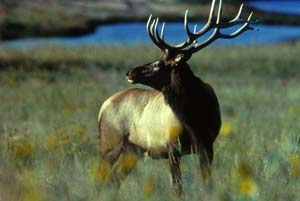 In February, the Nebraska Game and Parks Commission collared 11 elk for a study in north-central Nebraska. There are a few more details in this brief KOLN-TV report.
In February, the Nebraska Game and Parks Commission collared 11 elk for a study in north-central Nebraska. There are a few more details in this brief KOLN-TV report.
A new elk study in Montana got more coverage. There, 45 cow and 20 bull elk were fitted with tracking collars. Five of those were traditional radio collars, the rest were GPS collars. The two year study will investigate elk movement patterns and food. Read about it in the Ravalli Republic.
In Wyoming, the concern is the potential to spread of chronic wasting disease at the 22 artificial feeding stations run by the state and one at the National Elk Refuge. Read the opinion piece in the Jackson Hole News & Guide, here.
An opinion piece that is getting a lot of buzz ran in the New York Times recently. It says that wolves did not fix the Yellowstone ecosystem by preying on elk and allowing aspen to grow. No, the article says, the Yellowstone ecosystem is broken, and mere wolves can’t fix it. Read the article in the New York Times, here.
Photo of bull elk courtesy US Fish and Wildlife Service

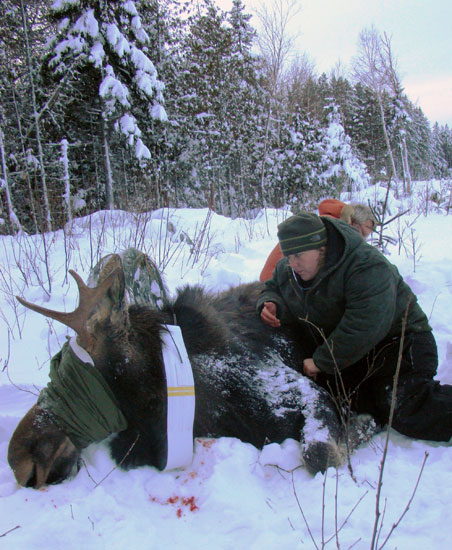 Montana Fish, Wildlife and Parks has begun a 10-year study of moose in the state to try to determine the cause of a 75 percent over the last 20 years, says
Montana Fish, Wildlife and Parks has begun a 10-year study of moose in the state to try to determine the cause of a 75 percent over the last 20 years, says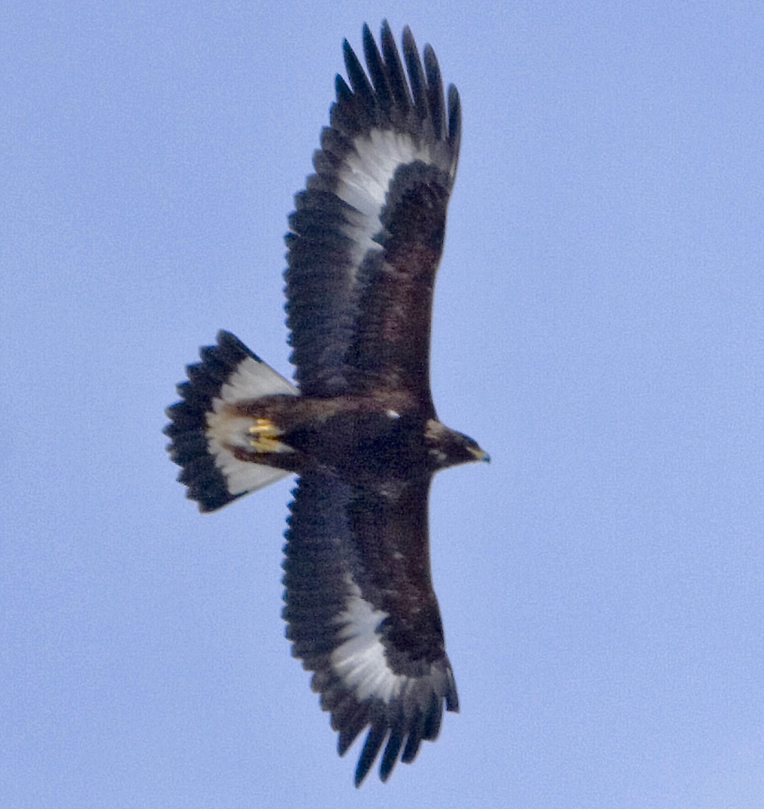 The Montana Audubon Society reports that the number of golden eagles migrating along Montana’s Bridger Mountains has declined 35 to 40 percent over the last 20 years, according to
The Montana Audubon Society reports that the number of golden eagles migrating along Montana’s Bridger Mountains has declined 35 to 40 percent over the last 20 years, according to 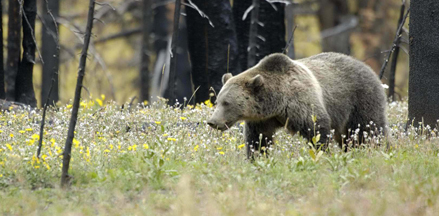 There’s lots of news about grizzly bears out there this month.
There’s lots of news about grizzly bears out there this month.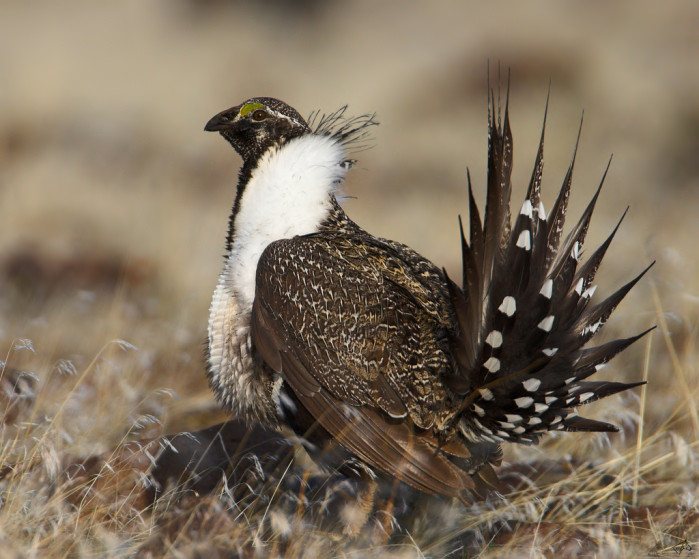 On Wednesday, NPR had a piece on the Sage Grouse Initiative in Montana. There are photos and audio (or you can just read the article).
On Wednesday, NPR had a piece on the Sage Grouse Initiative in Montana. There are photos and audio (or you can just read the article).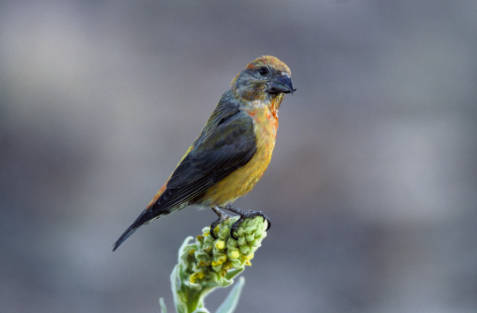 The Montana Department of Fish, Wildlife & Parks has reported an avian salmonella outbreak in Billings, Montana,
The Montana Department of Fish, Wildlife & Parks has reported an avian salmonella outbreak in Billings, Montana,